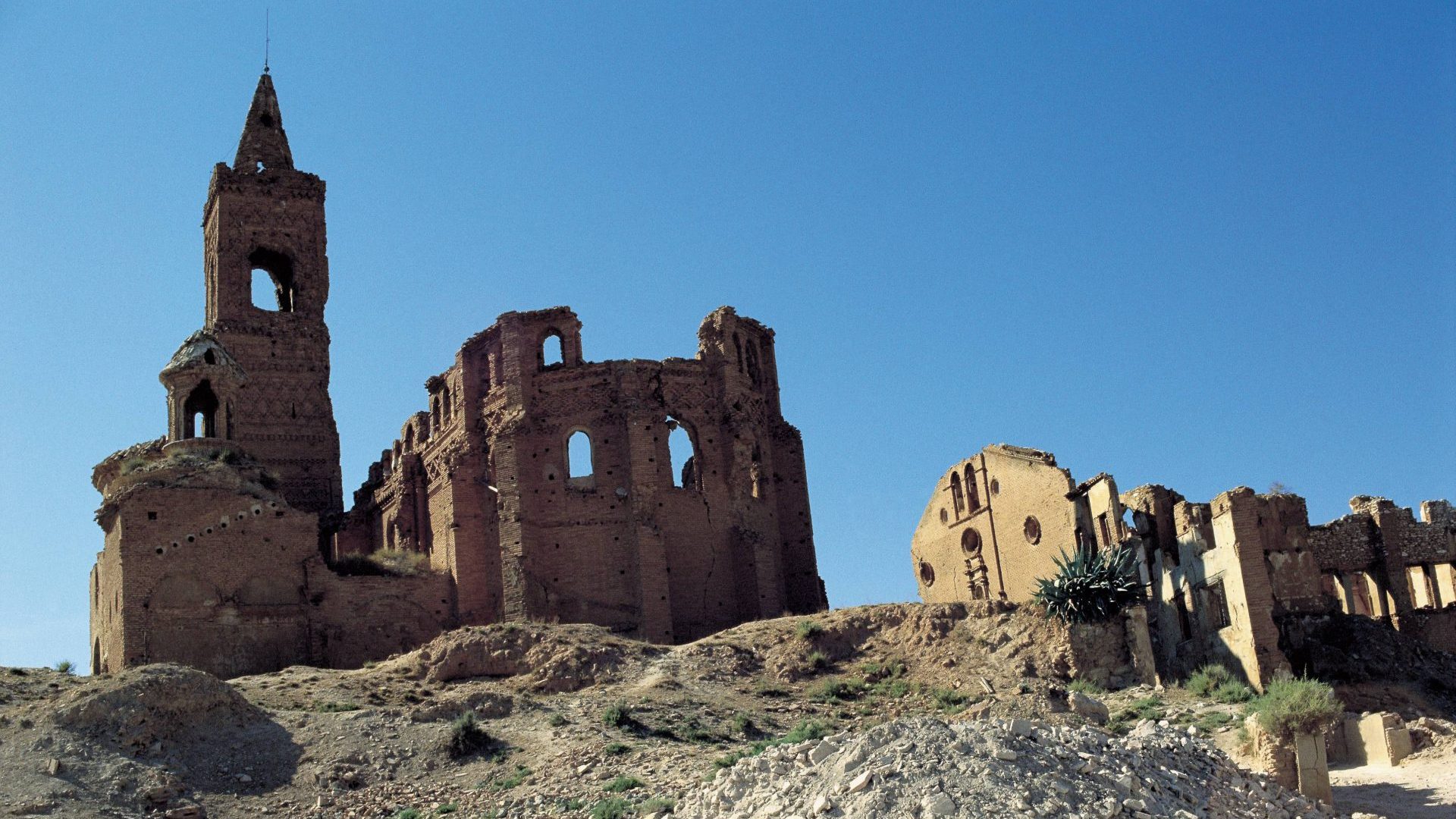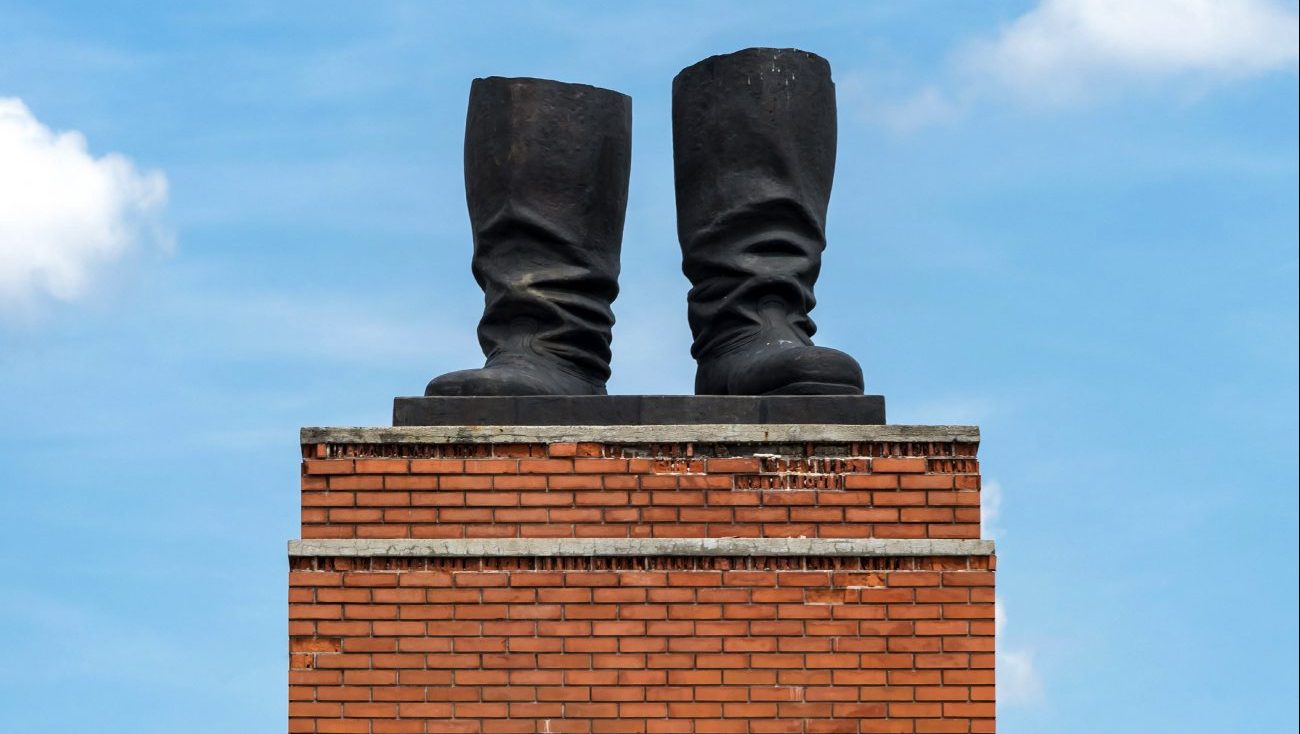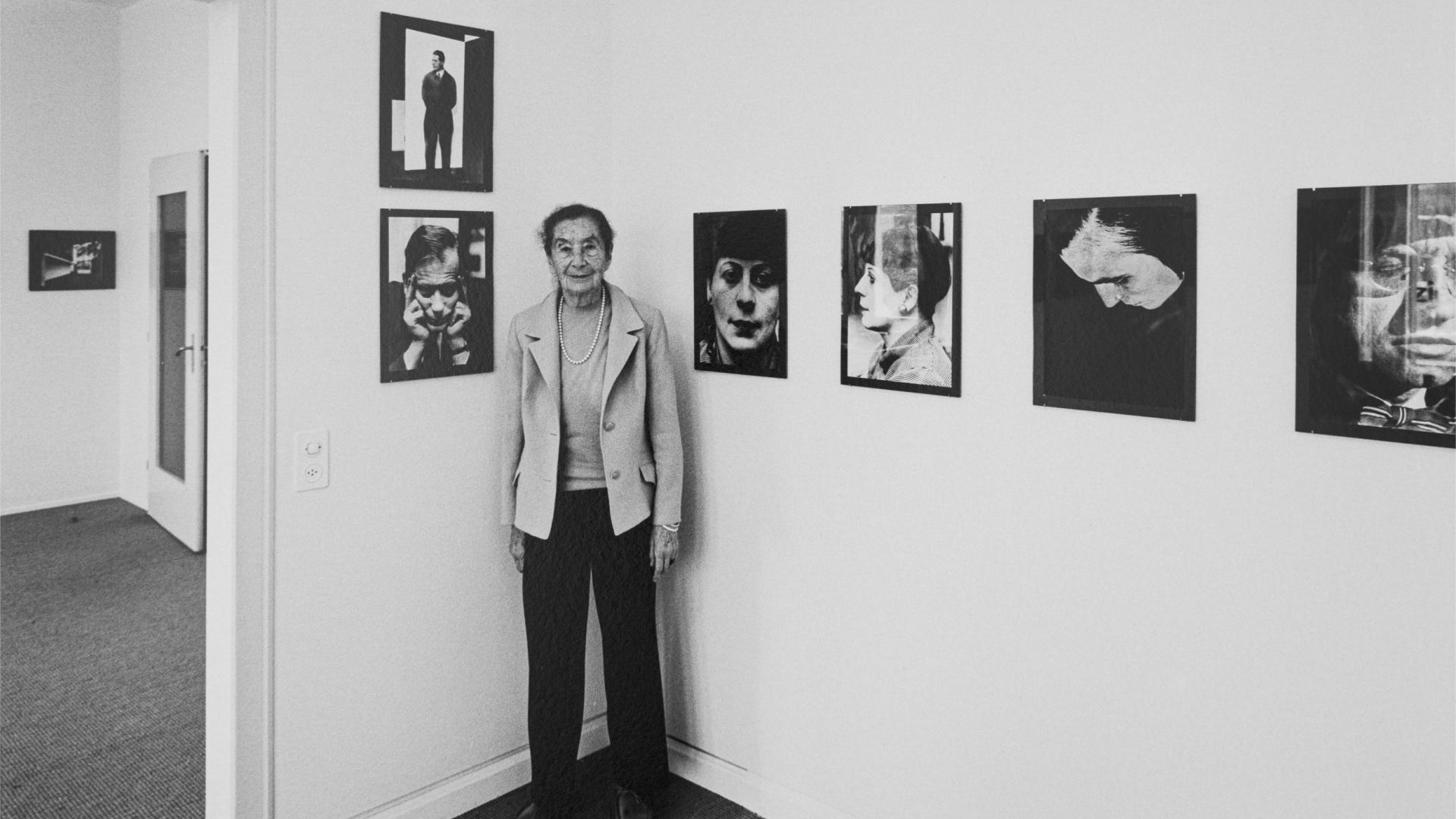For many years I lived in a quiet street in Frankfurt. It was a pretty and rather boring street, at the end of which there were two large trees. Two-hundred-year-old plane trees that I began to look at with different eyes when I learned that right on that spot in 1848, two Prussian officers had been lynched by an angry mob and that those two trees were all that remained of the garden where it happened.
My sensation as I passed that place was completely transformed. I imagined the scenes they had witnessed, the voices of the crowd and the gunshots. My street was no longer boring.
Why did that old story completely transform my perception of that corner and make me look with a sort of reverence at the two old plane trees? We can expand the question: Why do so many people travel the world to visit places marked by tragedy, like Chernobyl, Alcatraz or Aokigahara, Japan’s suicide forest? Perhaps for the same reasons that we love mystery or horror stories: for emotions, sensations.
Imagine you are walking through the silent streets of a ghost village, haunted by tales of ancient crimes or curses, and suddenly you hear an unexpected noise. You’re bound to be frightened and then laugh when you discover that it was a lizard – unless you’re afraid of lizards, of course.
When we read a Stephen King novel or visit an abandoned place, we experience tension, we feel fear, but it’s all controlled, they are only stories. The sensations are real, yes, but nothing bad is really happening to us. However, our hearts are racing, and we feel alive.
There is another dimension, too, although perhaps it is more a Spanish thing. That we cannot avoid certain tragic feelings about life, therefore we are fascinated by these remains because these defeated places are the confirmation of the inexorable passage of time. They remind us that everything ends and, as burials make us hungry, touring dead places also makes us more aware of being alive. And hungry.
Throughout Spain, we find a lot of “black spots”, places with dark and mysterious pasts. Probably the best-known is Belchite, in the province of Zaragoza, a village destroyed in the civil war (1936-1939), in which 5,000 people died in August 1937. In 1964, the last remaining inhabitants left the destroyed village and founded Belchite Nuevo.
Other villages attract travellers because of their legends and ghosts. This is the case of Trasmoz, also in the province of Zaragoza, the only village that is still excommunicated in Spain on suspicion of witchcraft.
While there are still a few inhabitants in Trasmoz, the village of Abuín, in Galicia, is uninhabited and, according to legend, is cursed because at some point between the 15th and 16th centuries its former inhabitants plundered the monastery of Armenteira, so that a divine curse fell on them and little by little they all died. It is said that the stolen treasure could be buried in the area around the church of Leiro.
But the place most visited by tourists who love dark tourism and death stories is the so-called Hospital del Tórax, located in the city of Terrasa, about 45 minutes north of Barcelona. It is a building in ruins that was a hospital for tuberculosis patients since the 1950s that became famous for being the hospital with the highest number of suicides. Fans say it is the place in Spain with the most paranormal activity and it is not unusual to find someone with a tape recorder hunting for the voices of spirits.
Which raises a question in my mind: why are these stories more shocking to us when they are set in abandoned places? Tragedies happen every day in every hospital. Forgive me if I sound morbid now, but in many hospital beds people have died, yet we are not impressed by that. Nor does anyone claim to hear the voices of former patients. On the other hand, if we see a rusty metal bed in an abandoned hospital, the first thing we do is wonder how many people died in it. Or is that just me?
If you also feel this attraction for abandoned places, I recommend the Abandoned Spain internet site where members of Urbex (Urban Explorers), admirers of the morbid beauty of ruins, share their discoveries. The followers of this hobby abide by four rules: don’t be seen when entering a place, don’t break anything, don’t steal anything and don’t share the addresses of abandoned places with people you don’t trust.
On their expeditions, we can accompany them, for example, to the disturbing abandoned doll factory in Segorbe (Castellón), full of hundreds of plaster casts of arms, legs, heads and remains of porcelain dolls.
All these places, whether they have a sinister, mysterious or melancholic aura, share an important feature: they all have a past. But in Spain not only do we have a large number of uninhabited places as a result of the depopulation of the countryside – we also find many abandoned places that were never inhabited.
Remnants of the construction euphoria of the beginning of the millennium, real estate projects that promised a new life in developments equipped with all kinds of luxuries and services. A bubble that burst abruptly with the 2008 crisis and left the surface of the country marked, like scars from a dream of grandeur.
We can see the outline of possible streets, a roundabout that was going to order traffic that never circulated, houses with roofs, but no windows, half-erected walls, bricks on the ground waiting for workers who were suddenly told they didn’t need to come back the next day. Another kind of ghost town, another story, a great inspiration for stories.
During a trip through the province of Toledo, I was fascinated by one of these unfinished developments, Seseña. A huge luxury development in the middle of nowhere that was left unfinished when the economic crisis hit.
The developer, who had started to build this mega-project, disappeared and everything was left half-finished. There were inhabited blocks of flats, others with perhaps two or three flats occupied, and still others unfinished.
In the evening light I saw how in one gigantic block, only two houses were lit up. What would it be like to live there? Could there actually be people occupying the unfinished buildings? It was an almost dystopian world.
How does one live – or survive – in such an inhospitable place? Could this be the setting for a love story? What would this story be like? This is how my novel Far was born.
Seseña has been resurrected and is now inhabited. Most of the other projects remain unfinished, ruins without ghosts, without memories, without legends. Perhaps they are waiting for us to invent them.
Rosa Ribas is a Spanish writer and translator. Far is published by Foundry Editions, price £12.99, and is available at: https://www.foundryeditions.co.uk/far



